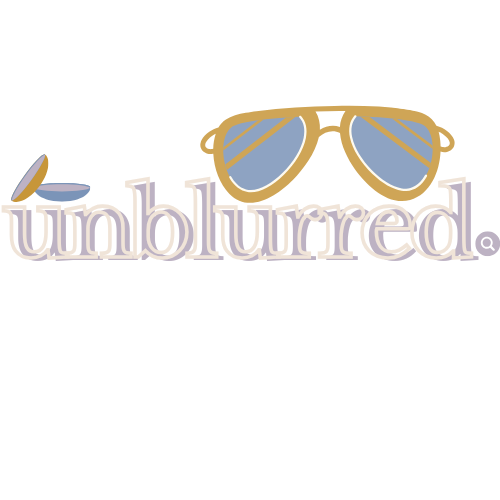Blurry Lines & Eye Charts: The Diagnosis Diaries
Diagnosis and Detection: How Keratoconus Is Found
Keratoconus is often missed in its early stages, which is why speaking up as a patient is essential. The condition can be diagnosed using a variety of methods, with corneal topography being the most effective. But what leads to that point can be deeply personal — as it was in my own journey.
👁️ Speak Up About Your Vision
If something feels off, even slightly, share every detail with your doctor. Don't assume it's just your imagination or age. In my case, it took me until I was 30 to truly open up about my daily visual experiences. That conversation changed everything.
🕶️My Diagnosis Journey:
I shared with my doctor that no matter how many lenses they tried, nothing improved my vision.
I mentioned that I could wear my glasses from the previous year and see the same as with the new prescription.
When asked about my night vision, I explained that lights looked like "electric pole rods" — stretched and distorted.
Dr. Frye, who was amazing, proceeded with a regular glasses exam, but also ran a corneal topography scan.
That topography scan revealed what years of prescriptions had not: I had keratoconus. At that time, my glasses still gave me 20/20 vision, but the shape of my cornea was changing.
🌀 Corneal Topography: The Key Diagnostic Tool
Corneal topography is a non-invasive imaging test that maps the surface of your cornea. It looks for any irregularities in shape — which is how keratoconus is confirmed. This test was the turning point in my diagnosis.
🎯 Know the Severity and Ask Questions
Looking back, I wish I had asked how severe my keratoconus was. Here’s why it matters:
It can shape your treatment decisions early on.
When I was first diagnosed, CXL wasn’t a standard option, but knowing the severity might have changed my urgency.
Over the years, my keratoconus progressed — until I finally had corneal cross-linking (CXL), which has since stopped the progression.
🔍 Key Tips for Early Detection
If your child says they need glasses, ask them what they see at night vs. during the day.
At your eye appointment, talk about more than just blur:
What do you see at night?
What do lights look like?
How does your vision change from screen to paper?
Before you go in, test each eye individually:
How does your left eye compare to your right?
Does reading feel different than driving?
These little details might seem minor, but they can lead to a life-changing diagnosis.
